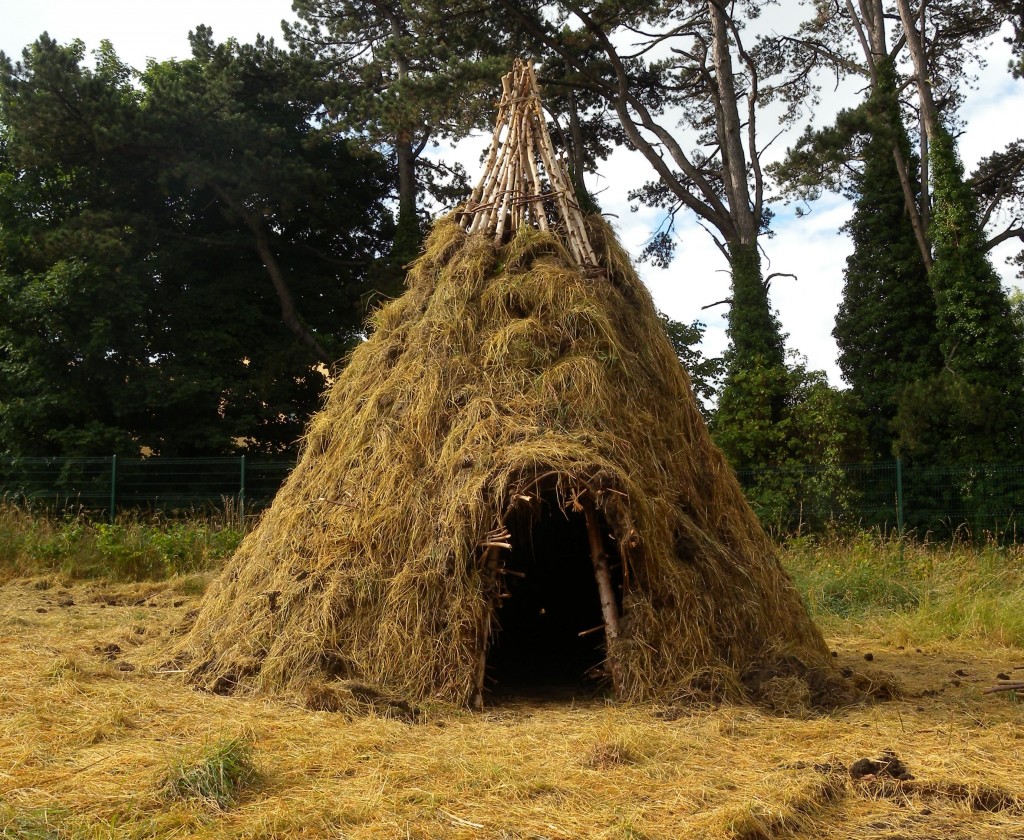There are quite a lot of unsolved mysteries behind modern-day human civilization. This notion comes from the old age civilization which has not been read and explored properly or entirely. So it comes as obvious that the modern-day findings are all awe-struck and mystery for all of us. There are many layers to it that we haven’t bee explored, even after years of research in this field. New discoveries, findings, and research have often exposed us to many of the other interesting facts.
The latest addition to this is unrevealing of a 10,000 years settlement that was recently discovered by a team of Russian Archaeologists. This team from the Institute of Archaeologists from the Russian Academy of Science recently excavated traces of Mesolithic settlements near the Veletma River in Russia.
The settlements reported date back to the old age which is over 10,000 years old and are from the early stages of the Butovo culture which is described as the communities of Mesolithic hunters. They use to gather the primary occupied the upper catchment area of the forest zone in Wester Russia. During this period glaciers covering major parts of Eurasia have already retreated and the region’s megafauna is almost extinct.
Mesolithic activities and the evidence of the region have been previously been identified in the 1970s and the year 1980s. That was most probably the first time that possibly a systematic excavation has ever been able to be conducted. All of this excavation was conducted only for one reason which is to estimate the extent of archaeological remains before the construction of the M21-Moscow- Nizhny Novgorod-Kazan highway.
- Advertisement -
When the excavations were taking place many teams of archaeologists studied five sites spanning over an area of more than 10,000 square meters. The site included Maloye Okulovo- 10, Maloye Okulovo- 11, Maloye Okulovo -19, Maloye Okulovo – 20 and Malookulovskaya – 3.
The objects that were found were the objects of later eras from the Neolithic, Bronze, and early iron ages. Researchers thought that they may have found most probably possible dwelling of Malookulovskaya-3, findings at Maloye Okulovo -11, Malookulovskaya-3, and Maloye Okulovo -19 suggested that they were probably seasonal Mesolithic sites. The materials that were said to be discovered from this site took the research to assume that hunting and fishing by the accumulation of the flint artifacts and a large number of animal and fish bones.
Various sites when the researchers unearthed various flints artifacts like scrapers, arrowheads, punctures, and parts of an ax. On the other hand, Maloye Okulovo -19 also had a large accumulation of waste from flint production suggesting that the site was the center of manufacturing weapons and flint tools.
Konstantin Gavrilov, head of the Navashinsky detachment of the IARAS said that findings near the site fit into the character of the Butovo archaeologist culture which was common during the time of the Volga-Oka. He also added that the findings will help to compare the features of this Mesolithic culture with objects from earlier, and later periods of human history.


